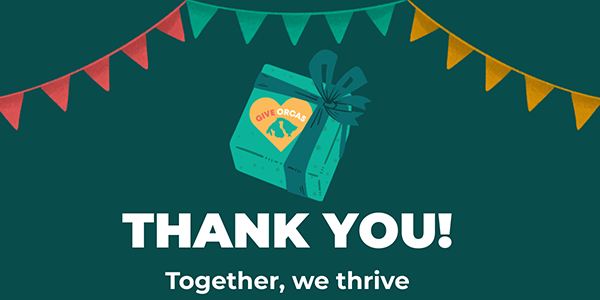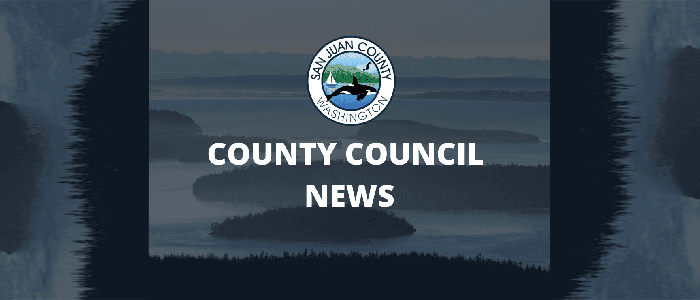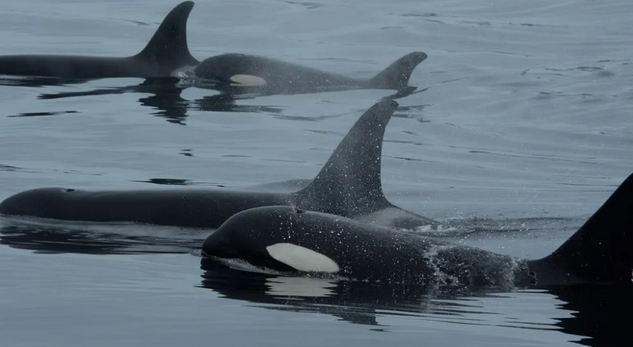||| FROM SAN JUAN COUNTY COMMUNICATIONS |||
San Juan County is pleased to provide the public with a reminder of Public Works services, priorities, and mission during inclement weather. Additionally, there are several ways in which the public can support snow removal and safety efforts by following simple guidelines.
San Juan County’s Public Works Department provides for the safety of island residents and visitors throughout the county through efficient use of labor and equipment. Crews will remove accumulated snow and provide traction materials where required on snow and ice-covered roads in order to maintain safety.
Street Priorities and Snow Removal Phases
San Juan County Public Works is currently responsible for snow removal on over 271 miles of paved and gravel roads on several islands. Streets are classified based on their function, traffic volume, and importance to the welfare of the community. The main priority will be to provide plowed roads for emergency vehicles to respond to emergencies involving human life and safety. Use the links below to see the Priority Snow Routes for each island:
- Lopez Island Snow Priority Routes
- Orcas Island Snow Priority Routes
- San Juan Island Snow Priority Routes
- Shaw Island Snow Priority Routes
Plowing and sanding operations will take place in four phases during a storm. The order in which streets are plowed in each phase are based on the following definitions of priority:
Priority 1 – Main arterial streets that have high traffic volume. Ones that provide access for emergency, fire, police, and medical services, as well as ferry service on and off island.
Priority 2 – Streets that are classified as minor, as well as school bus routes.
Priority 3 – Residential and other smaller local roads that carry low traffic volumes.
Phase 1: Plowing and sanding of all Priority 1 and 2 streets in that order. Severity of the storm may delay response time for priority 3 streets due to the fact that the initial opening of major arterial streets requires that lanes must be plowed in each direction.
Phase 2: Plowing and sanding of problem roads that have steep inclines, curves, or bridges. Widening of any Priority 1 and 2 streets deemed necessary. Repeat plowing of all streets initially opened as snow continues to accumulate.
Phase 3: Removal of packed snow and ice on all Priority 1 and 2 streets where possible and deemed necessary as snowfall accumulation stops. Plowing and sanding operations on Priority 3 streets will take place as resource availability allows.
Phase 4: Storm event is over. Continuation of widening operations to improve safe travel and prepare for additional accumulation during subsequent storms.
Application of Traction Materials
When applying sand and or salt, special attention is given to sections of the road network posing specific safety concerns. These include but are not limited to areas such as: School and hospital zones, bridges, turn lanes, approaches to intersections that are stop sign controlled, curves, steep grades, heavy traffic areas, areas of ice accumulation, and areas with other known problems.
Snow Removal Clarifications
Driveways – Driveway approaches are the responsibility of the property owner to clear.
Emergencies – Snowed-in San Juan County residents who experience a life or death emergency should call 911. Snow removal crews will be directed for emergencies when requested by the proper authorities such as the Sheriff’s office.
Vehicles Parked or Abandoned – Streets on which vehicles have been abandoned or otherwise parked so as to restrict the safe and continuous operation of snow removal equipment, may not be plowed until those vehicles are removed.
Snow Removal Season Tips
- Please drive carefully; roads may still be slick, despite being sanded or plowed.
- Be patient. Every reasonable effort will be made to keep roadways open. During a heavy snowstorm, all available operators and snow removal equipment will be on the road.
- Do not attempt to stop a snowplow or obstruct its path. Plows must maintain a minimum speed for efficiency.
- Don’t pull up directly behind stopped snow-removal equipment. The operator may need to back up; if you are close behind, they may not be able to see you.
- Keep your vehicle a safe distance (100 feet) from snow-removal equipment; these vehicles may throw sand, stop, or turn without warning.
- Don’t try to race or beat a plow through an intersection nor pass in dangerous areas when a plow is moving slowly.
- If you must pass, use extreme caution. Please honk your horn and flash your headlights to alert the operator that you intend to pass.
- Do not park along narrow roads. Leave room for plows to get through safely. Park off the street whenever possible. If plows are unable to get through safely, the road might not get plowed.
- Runners and bicyclists should wear reflective clothing and get off of the roadway to allow plows to pass without being forced into the oncoming traffic’s lane; doing this with a 10-12-foot-wide snowplow blade is difficult and dangerous.
- Warn children about the dangers of standing or playing around snow-removal equipment, especially while waiting at school bus stops.
- Discourage children from building snow caves where plows have created a pile. The plow will likely return to push the pile back
Contact: Public Work Office, 360-370-0500
About San Juan County’s Public Works Department
San Juan County’s Public Works Department constructs and maintains county roads, designs and constructs storm water facilities, and plans and contracts for solid waste services. The department offices are located at 915 Spring Street, Friday Harbor, WA 98250. For more information about San Juan County’s Public Works Department, visit www.sanjuanco.com/277/Public-Works.
**If you are reading theOrcasonian for free, thank your fellow islanders. If you would like to support theOrcasonian CLICK HERE to set your modestly-priced, voluntary subscription. Otherwise, no worries; we’re happy to share with you.**








